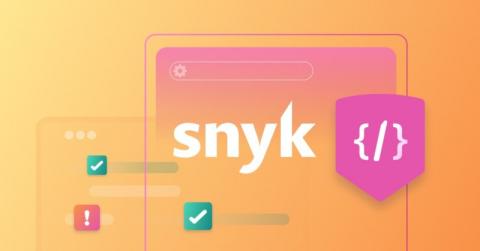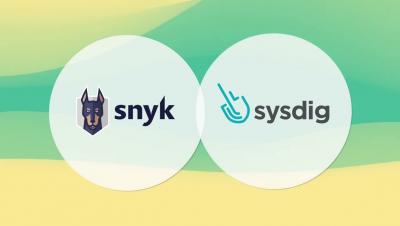Security | Threat Detection | Cyberattacks | DevSecOps | Compliance
Snyk
Stranger Danger: Your JavaScript Attack Surface Just Got Bigger
SnykCon recap: Automation for better compliance and faster feedback loops
Automation is a key component of DevSecOps because it increases efficiency. Automating work in your software development lifecycle helps you integrate multiple tools into your workflow. It also lets developers, maintainers, and security champions focus on coming up with creative solutions for tough problems, rather than spending time on tedious manual tasks.
Improving GraphQL security with static analysis and Snyk Code
GraphQL is an API query language developed by Facebook in 2015. Since then, its unique features and capabilities have made it a viable alternative to REST APIs. When it comes to security, GraphQL servers can house several types of misconfigurations that result in data compromise, access control issues, and other high risk vulnerabilities. While security issues with GraphQL are widely known, there’s little information on finding them outside of using dynamic analysis.
Spring4Shell extends to Glassfish and Payara: same vulnerability, new exploit
Last week, we announced the discovery of Spring4Shell — a remote code execution (RCE) vulnerability in older versions of the spring-beans package. In our blog post Spring4Shell: The zero-day RCE in the Spring Framework explained, we showed how an old Tomcat exploit for CVE-2010-1622 became relevant again. Due to the nature of the problem, we expected that additional payloads could be created beyond this known Tomcat exploit.
Getting started with React Native security
React provides an easy and intuitive way to build interactive user interfaces. It lets you build complex applications from small, isolated pieces of code called components. React Native is an extension of React that enables developers to combine techniques used for web technologies like JavaScript with React to build cross-platform mobile apps. This allows developers to write code once for multiple platforms, which speeds up development time.
This Week in VulnDB - Spring4shell update & more
Make Snyk notifications work for you
Snyk can send a number of different types of email notifications. Notifications can be powerful when they enable you to learn about a new vulnerability, license issue, or fix an issue in your projects on the same day we find it. However, these alerts can be noisy if they aren’t configured according to the needs of your teams. That’s why we’ve made Snyk notifications flexible! Let’s take a look at how to make them work for you.
Snyk Open Source adds C/C++ security scanning for unmanaged dependencies
We’re happy to announce the general availability of C/C++ security scanning in Snyk Open Source, enabling development and security teams to find and fix known security vulnerabilities in their C/C++ open source library dependencies. 2:21











